The road to proportional representation in Switzerland
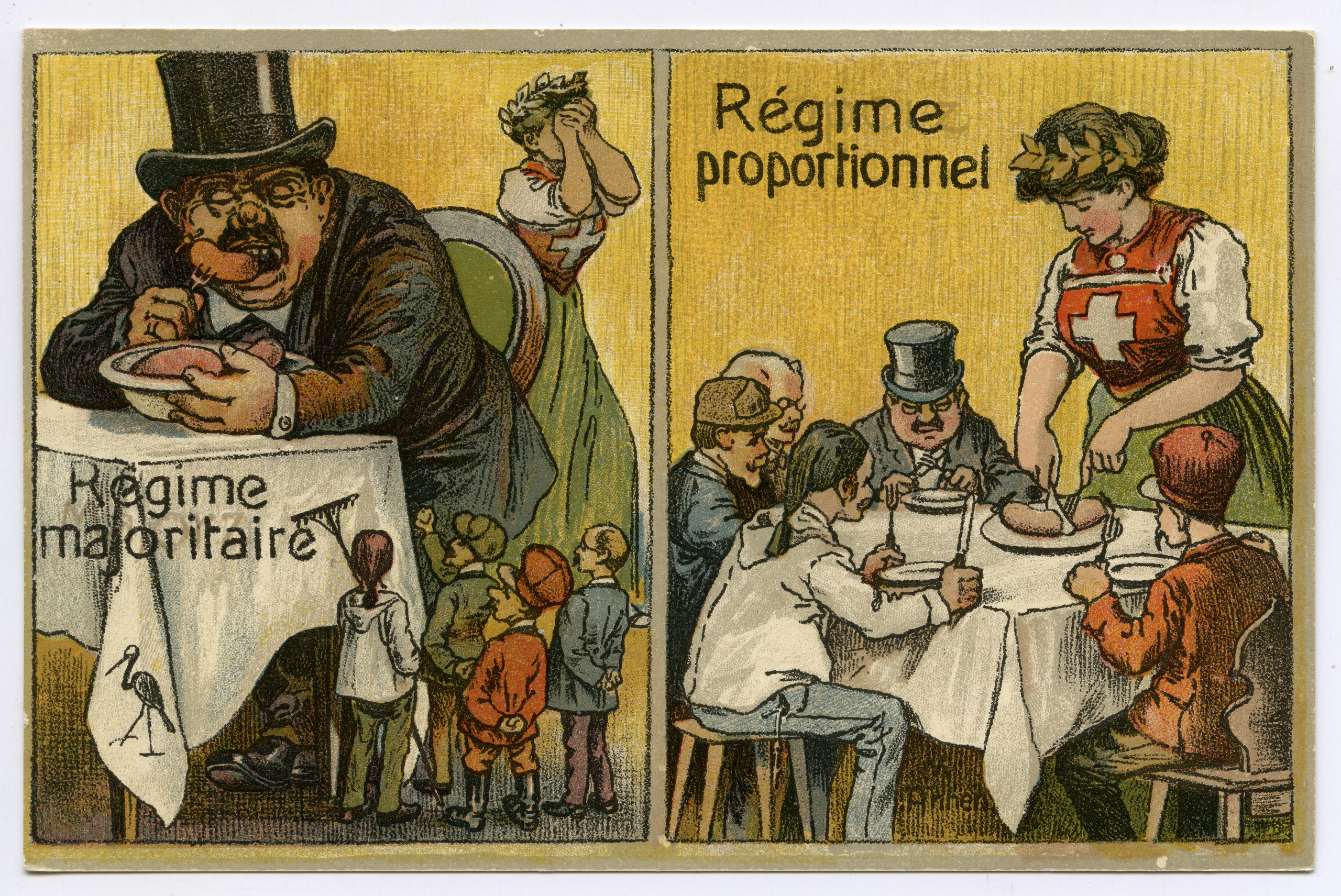
In 1918, at a time of high political instability, Switzerland made the historic decision to move to a proportional representation system at the national level – a move that gave smaller parties a chance and broke the Liberal-Radical hegemony. Here’s how it happened.
The liberal ascendency first began after the end of the civil war in 1847 and was cemented by the emergence of contemporary Switzerland under a new constitution the following year.
The liberal policy of rapid social and economic development in a single national market propelled the country to become one of the most developed in Europe. However, there was a negative side to the surge: the oligarchic “Escher System”, which concentrated national power in the hands of an elite few (see box).
By 1874 the system was already coming under pressure. Popular liberal movements emerging in the cantons led to the first revision of the new constitution, granting the people the right to challenge (by referendum) laws already passed by parliament. This deprived the Escher System of its main pillar: the ability of the industrial elite to exert unlimited influence on law-making at the national level.
The worst of injustices was removed. However, society was also starting to become aware of the need to change the basic principle of forming the parliament, and above all its larger chamber, the House of Representatives.
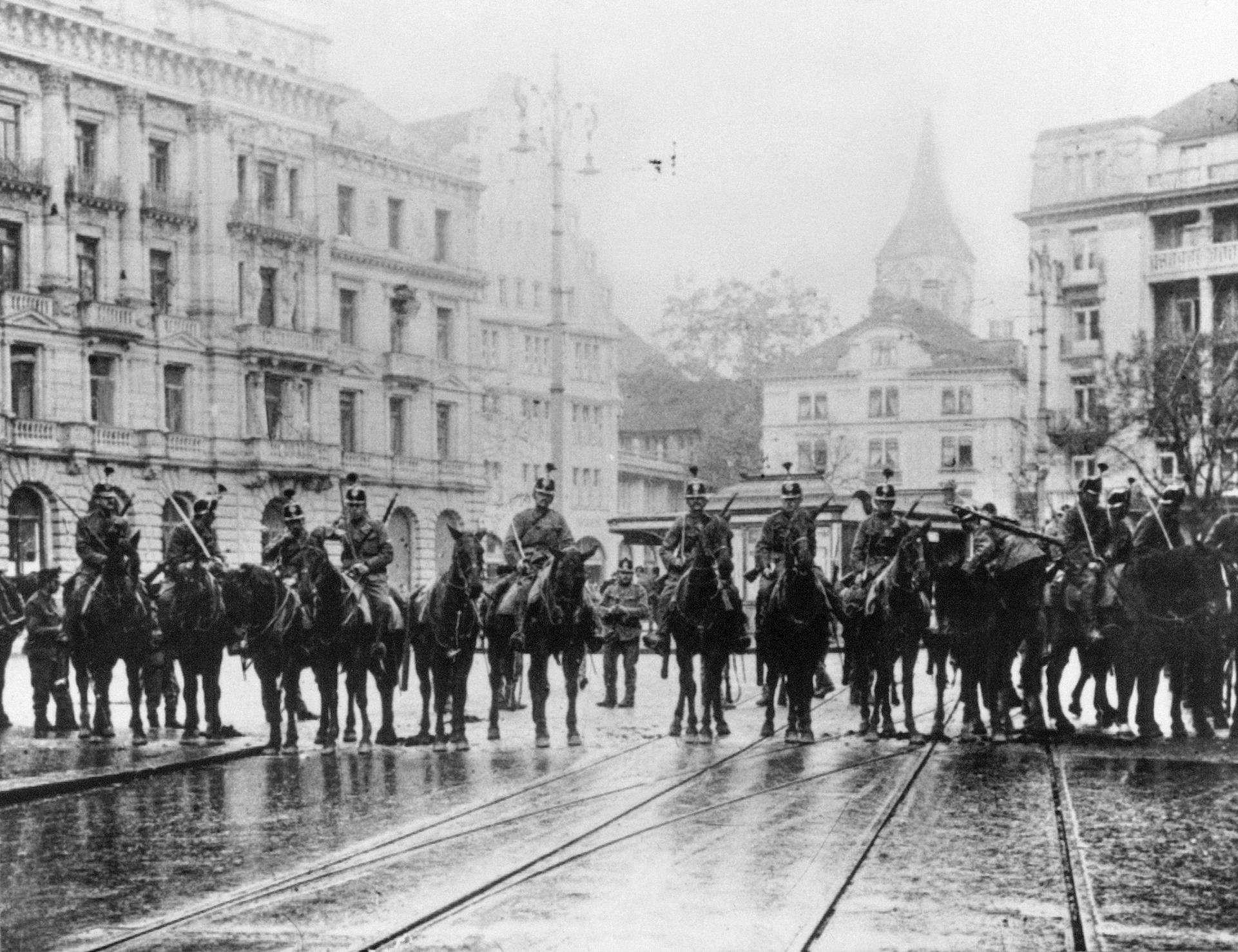
Seeking a fairer system
At the time, a majority systemExternal link was in place, but was incapable of adequately representing the actual political landscape; a problem confirmed by the results of the 1890 parliamentary elections. The system and its injustices became one of the most heated topics of debate in the country; especially fierce attacks came from the leftwing Social Democrats.
But the system couldn’t be so drastically revised without popular consent. In a first national referendum on the issue, in November 1900, voters rejected the idea of introducing a proportional representationExternal link (PR) system. It was also voted down in a second ballot a decade later. At the time, most cantons did in fact support a transition to a PR system, but an overall majority of voters could not be reached.
It was only on the third attempt, on October 13, 1918, that a national majority of 66.8% of voters approved. What drove the change?
War and revolution in the air
For its opponents, a PR system was a “foreign pest”, something that might split the parliament and eliminate traditional parties. Without a clear parliamentary majority, they claimed, the country would be engulfed in “confusion and anarchy”. “Proporz heisst Gerechtigkeit,” came the answer of its supporters, mostly from the left and Catholic camps: “proportional representation means justice”.
Naturally, the First World War (1914-1918) changed a lot of things. Neutral Switzerland was not a party to the conflict, but its social and economic situation had worsened. Food shortages and social problems were rife in 1917 when voters went to the polls for parliamentary elections. Demand for political change was in the air.
But the results of the October 1917 elections showed that the Radicals had again won an absolute majority in the larger chamber of the parliament (103 out of 189 seats).
Combined with economic and social woes, this was unacceptable to the left, which now stepped up attempts to gain a say over the situation in the country. Tensions grew between right and left, posing a threat to the unity of the nation at a time of war. The government, or Federal Council, was called upon to use troops to stabilise the situation.
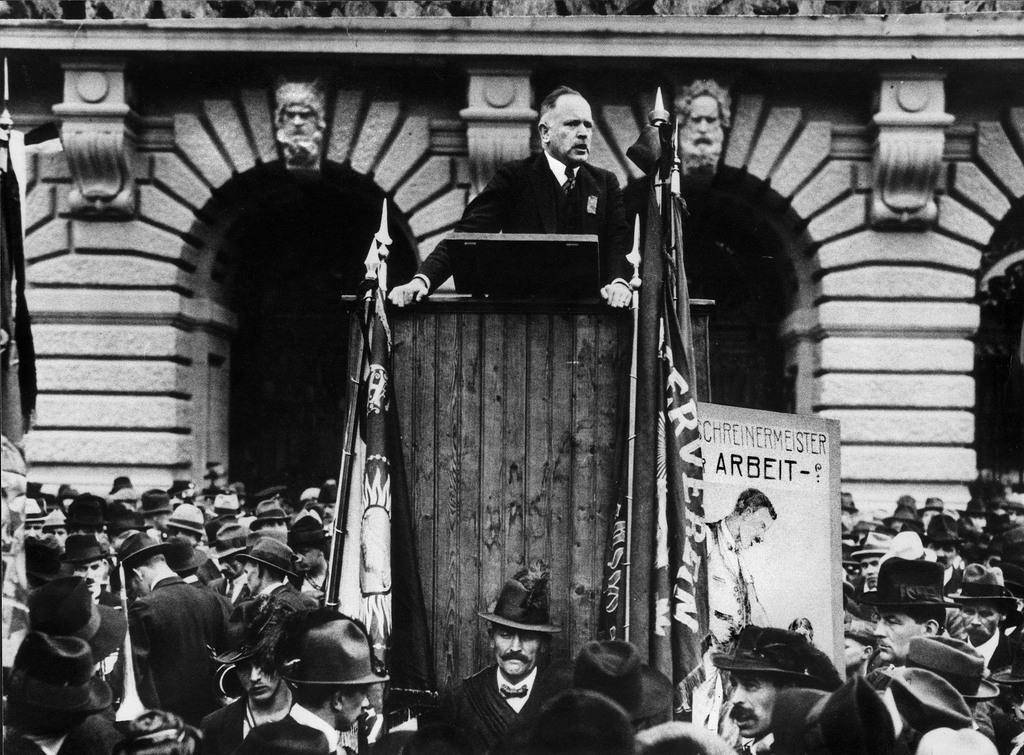
Faced with the choice between reforms that would benefit the left, or repression, the government chose a crackdown – “to suppress leftist Bolshevik agitation”. To this day, the argument continues about whether the leftwing stirrings presented a real revolutionary threat, or whether the use of troops was an excessively tough measure.
No matter which way you look at it, it was a time of war, and in the wake of the Bolshevik coup in Russia, tensions were running high in the country. The left responded to the crackdown by threatening a general strike – a move seen as a last resort by moderate leaders from the Social Democrats and trade unions.
On October 1, 1918, banking clerks went on strike in Zurich, supported by trade unions. For the right, the strike was more than just a worrying sign that some middle-class layers of society may potentially side with the left. An article in the Neue Zürcher Zeitung newspaper by a prominent Swiss lawyer and legal theorist, Fritz Fleiner (1867-1937), epitomised the fears: the banker strike was “a dress rehearsal for making Switzerland a Bolshevik country”.
Direct democracy to the rescue?
Against this backdrop, there was little attention focused on the people’s initiative of October 13, 1918, when 66.8% of citizens voted to amend the process of electing members to the House of Representatives by transitioning to a PR system. Nowadays, of course, the vote is widely seen as a significant landmark in 20th-century Swiss history.
On October 25, 1918, Fleiner called for the government to eliminate leftist propaganda in Switzerland, as Bolshevik spies were planted all over the country. First among them, he claimed, was the Soviet Russian ambassador Jan Bersin (1881-1938). Six days later, canton Zurich officially requested the government to send troops to assist.
With civil disobedience expected to reach a climax on November 10 – the first anniversary of the Russian revolution – the government took its time formulating a response. But its reticence was viewed by Swiss military authorities as a betrayal.
The French ambassador to Switzerland was of the same opinion and submitted a letter to the government, criticising Swiss reluctance to take measures against “the country’s Bolshevization”. The letter proved to be a decisive factor behind the government’s decision to resort to force. On the evening of November 6, 1918, the army took control over Zurich, and Switzerland formally broke off official relations with Soviet Russia.
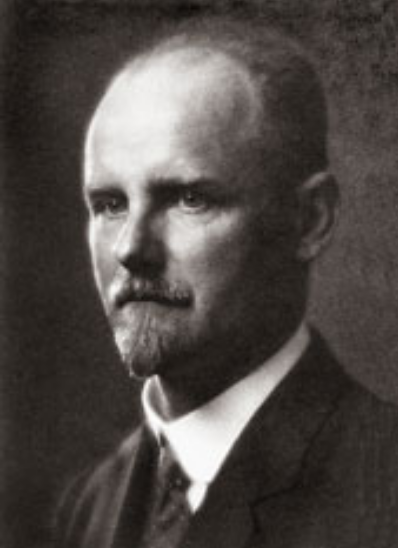
General strike and escalation
In this context, Zurich trade unions called for leftwing leaders – who set up the Olten Action Committee – to immediately launch a general strike. It quickly spread to 19 towns and cities, with its centre in Zurich.
However, the morning of November 10 saw an escalation, with clashes between troops and those marking the anniversary of the Russian revolution. Shots were fired, one serviceman was killed, and three demonstrators were wounded. What was the Committee supposed to do? Call for further escalation to armed revolt? In that case the left would be accused of working for Moscow. Do nothing and betray the loyal strikers?
One of the committee leaders, prominent Social Democrat Robert Grimm (1881-1958), found a solution. He drew up a hasty catalogue of demands to be made to the government, including fresh elections to the House of Representatives using a PR system. To confirm that it was serious about its demands, the committee staged another general strike on November 11.
The next day, an extraordinary parliamentary session was held in Bern, attended by Grimm. Felix Calonder (1863-1952), the President of Switzerland at the time, promised in a speech to consider the interests of the Social Democrats and allocate them broader responsibility in government.
New PR parliament
Following these words, Grimm made his own address to those gathered on parliament square in Bern.
Once again, he laid out his catalogue of demands. However, inside, the proposal for a PR-decided election was rejected by the middle-class parliamentary majority: 120 votes to 14. The government gave up on negotiations with the Olten Committee, and on the same day – November 12 – expelled the entire Soviet embassy, including Ambassador Bersin.
By this time the whole country was under military control. On the night of November 13, however, the Olten Committee resolved to call off the strike. By so doing it became possible to de-escalate and to re-elect the House of Representatives, this time based on the principles of PR.
The election was held a year later, on October 26, 1919. The Liberals (nowadays known as the Radical-Liberal Party) lost almost half of their seats (from 103 to 60), while the Social Democrats gained (from 20 to 41) along with the Party of Farmers, Tradesmen and Citizens (today, the Swiss People’s Party), which went from four to 29 seats.
Although they did not come out as overall winners, the leftwing forces thus managed to increase their political clout significantly, paving the way towards gaining, in 1943, their first ever representative in the country’s cabinet: Ernst Nobs (1886-1957).
The “Escher System” was the fusion of politics and economy in Switzerland in the second part of the 19th century. It was responsible for a merger of the liberal federal political elite and a new industrial elite. It is named after Alfred Escher (1819-1882), a Swiss politician, business leader and railway pioneer.
Thanks to his numerous political appointments and his significant role in the foundation and management of the Swiss Northeastern Railway, the Federal Institute of Technology in Zurich, Credit Suisse, Swiss Life and the Gotthard Railway company, Escher had an unmatched influence on Switzerland’s political and economic development in the 19th century.
Elections under PR distribute mandates among lists of candidates in proportion to the total number of votes cast for the lists.
The system seeks to overcome the disproportionalities that result from majority and pluralityExternal link formulas, and to create a representative body that reflects the distribution of opinion within the electorate.
Under a majority system, a party or candidate winning more than 50% of the vote in a constituency is awarded the contested seat.
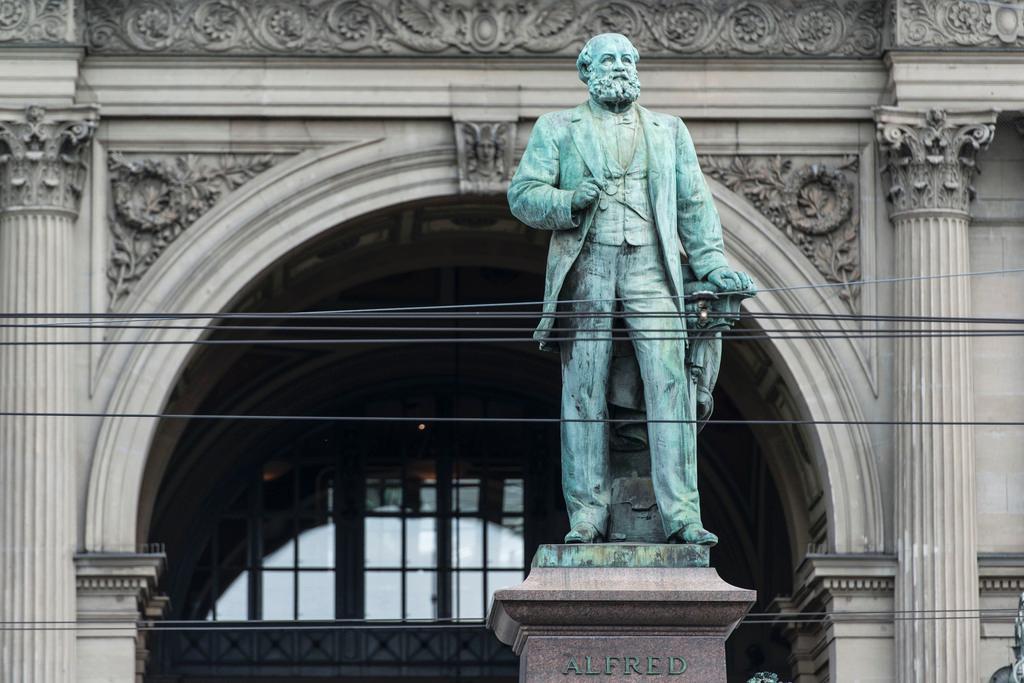
More
When Switzerland had its own ‘king’
Adapted from Russian

In compliance with the JTI standards
More: SWI swissinfo.ch certified by the Journalism Trust Initiative


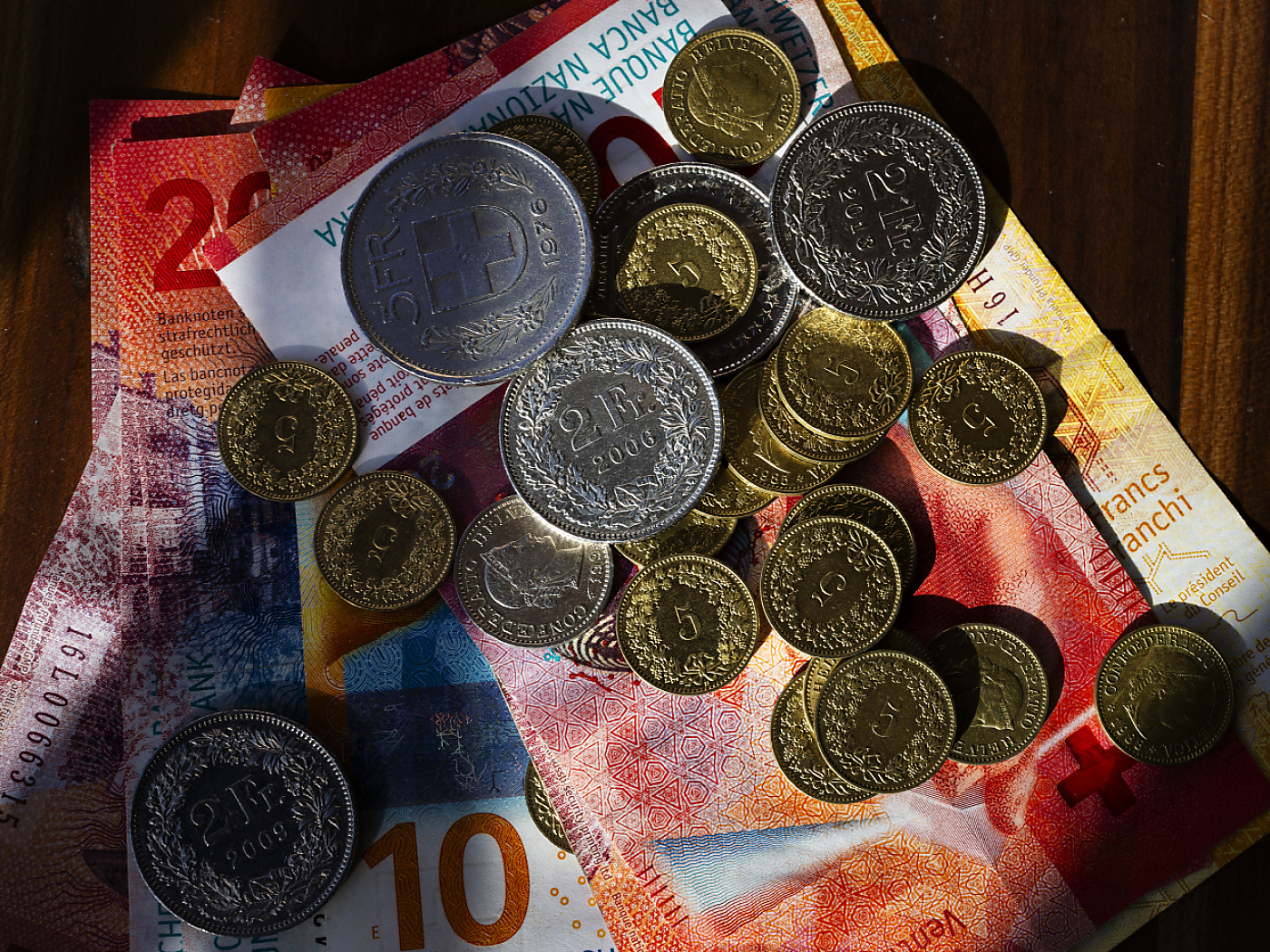

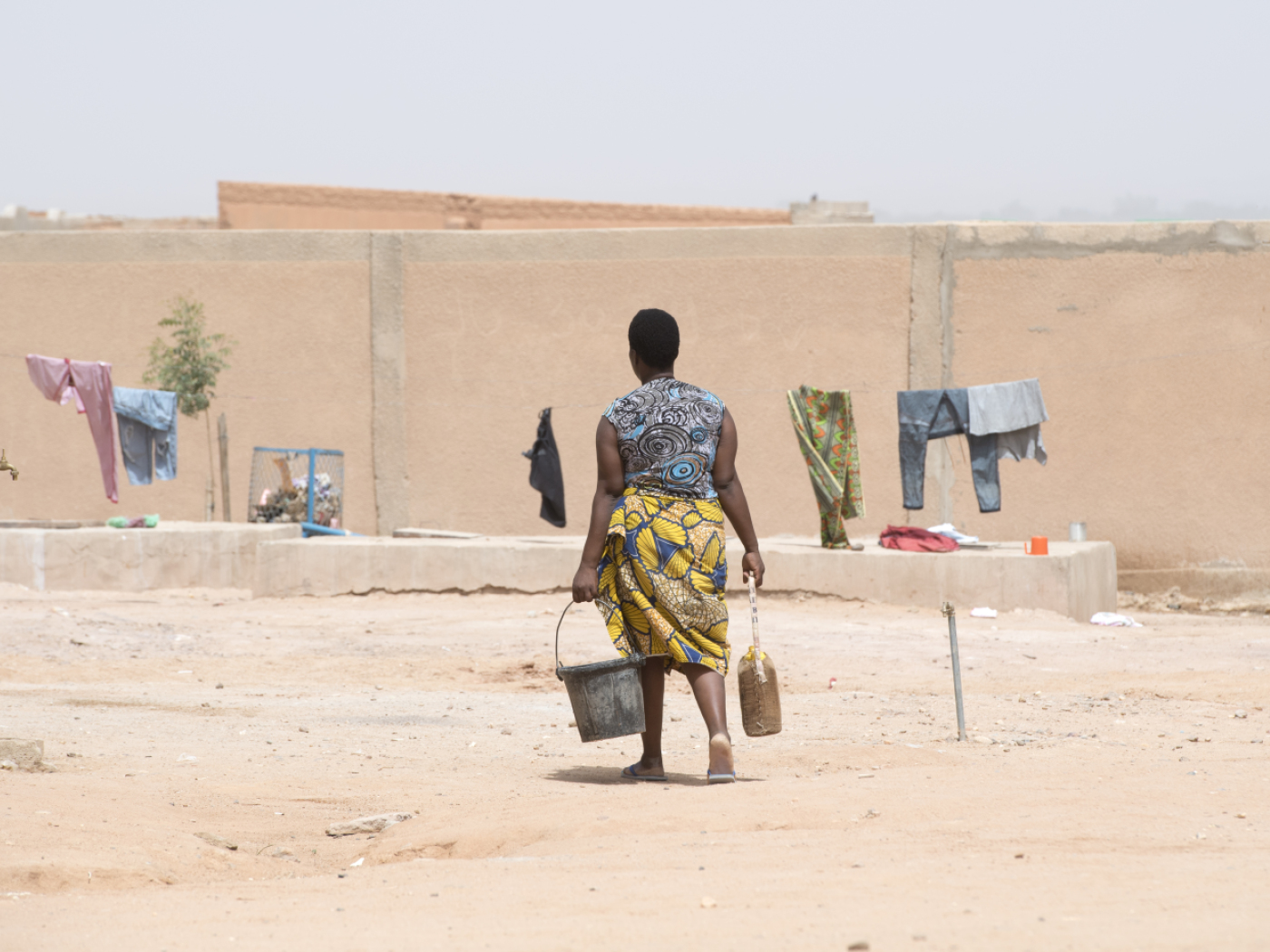








You can find an overview of ongoing debates with our journalists here . Please join us!
If you want to start a conversation about a topic raised in this article or want to report factual errors, email us at english@swissinfo.ch.